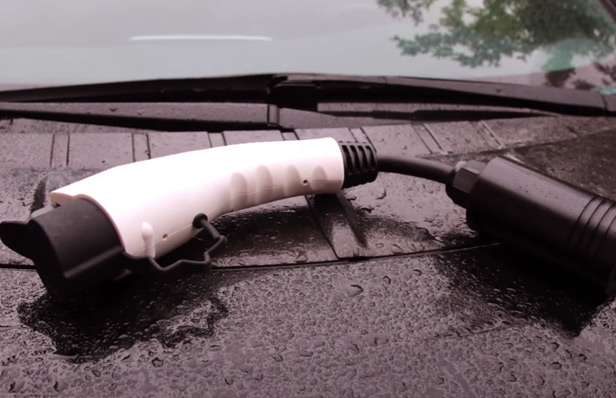Here's an interesting question: I have a Y and have the Tesla HPWC installed through a 30A breaker on a sub panel. I chose 30A after doing a load calculation and downrated the connector to match. TBH I think it's all you need really
I got the wife looking at a Hyundai Ionic5 (very nice vehicle and I'm tempted to make the switch myself, but that's a different story) and if that happens, then I'll need a second charging capability. The Ionic5 has a J1772 mobile connector, so I'm assuming it uses CCS1 (couldn't open the charge point door to verify)
So the question is - given the limitation in the subpanel, how can I set up charging for the Ionic5 so that I don't overload everything?
One possible solution is to install a second Tesla HPWC with a J1772 adapter and have the two units talk to each other so they can avoid simultaneous charging
Another is to downrate my Tesla HPWC to 20A, (and change the breaker to 20A) and install a second 20A circuit for the Ioniq5 as I think that'll also work with the load calculation
Any other ideas?
I got the wife looking at a Hyundai Ionic5 (very nice vehicle and I'm tempted to make the switch myself, but that's a different story) and if that happens, then I'll need a second charging capability. The Ionic5 has a J1772 mobile connector, so I'm assuming it uses CCS1 (couldn't open the charge point door to verify)
So the question is - given the limitation in the subpanel, how can I set up charging for the Ionic5 so that I don't overload everything?
One possible solution is to install a second Tesla HPWC with a J1772 adapter and have the two units talk to each other so they can avoid simultaneous charging
Another is to downrate my Tesla HPWC to 20A, (and change the breaker to 20A) and install a second 20A circuit for the Ioniq5 as I think that'll also work with the load calculation
Any other ideas?




